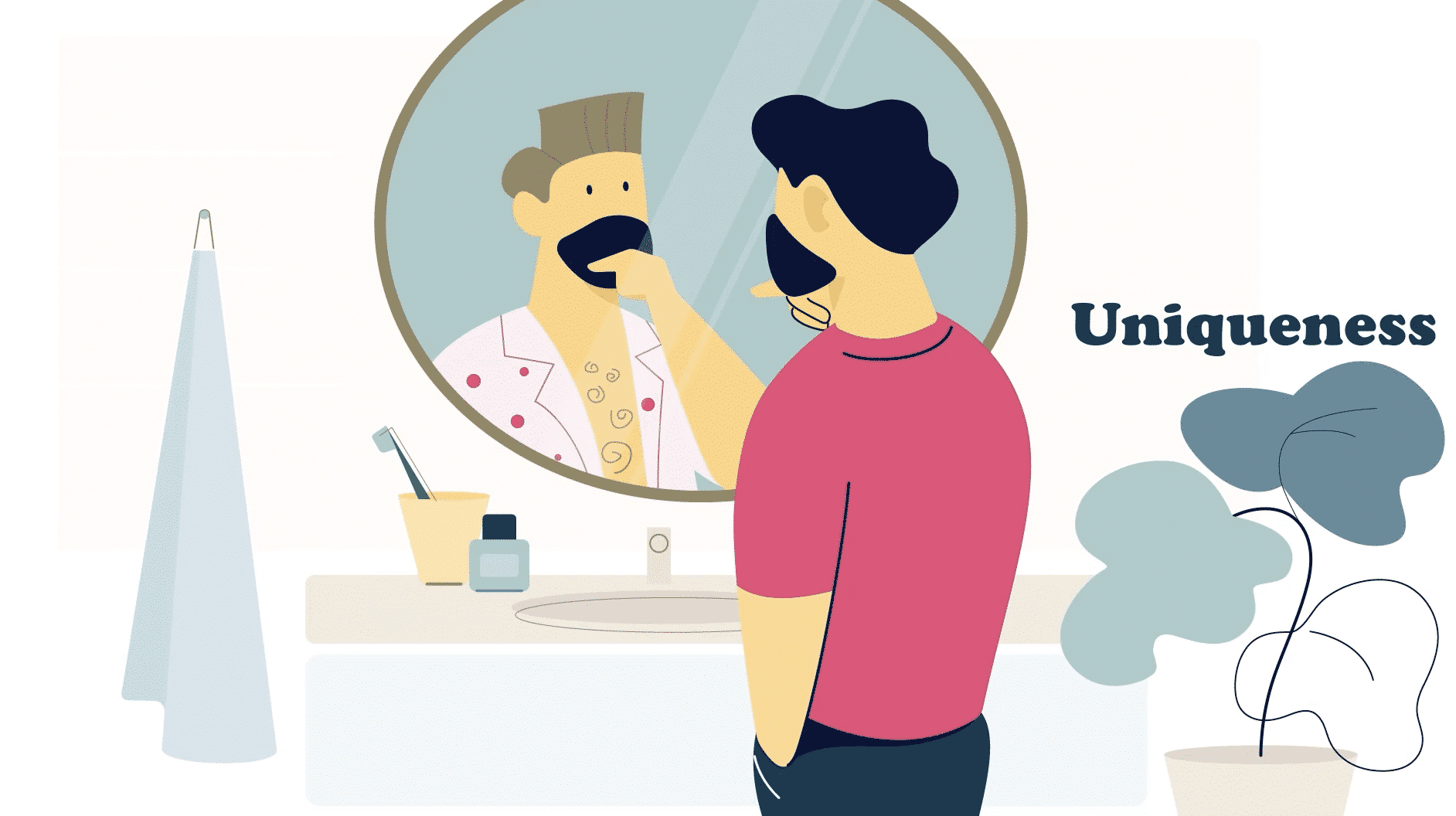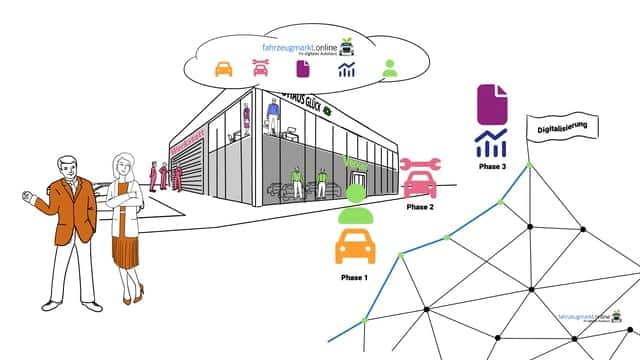You probably can’t hear it anymore. Storytelling is preached on everyone’s lips. There’s certainly nothing new about writing about storytelling. But it is still important and many do not yet use the power of “storytelling” efficiently enough in advertising.
What does storytelling mean?
Storytelling is used in marketing primarily to present a solution to a problem. Because, as with all marketing activities, we want first and foremost to awaken and satisfy the needs and desires of the customer with our product. However, especially solve his problems with it.
The customer is not familiar with your service or product, so he may not know that it can solve his problem.
That is why we can tell stories with which we show his situation, his problems and his needs and satisfactions. We automatically involve him and thus, psychologically, create an emotional bond.
Why storytelling for my business?
– Good stories anchor better in the human brain. The user tends to remember it longer and understand the idea easier.
– When stories are told audiovisually, a larger audience can be reached. The auditory and visual learning type. With text stories, for example, the auditory type of learning remains absent.
– Good stories arouse emotions. Users are more willing to share and pass on if they feel personally affected by it.
– Easy to understand presentation of sober facts
– Customers are addressed at eye level
Storytelling: More success with stories
6 golden rules with which you will manage to tell successful stories:
1. A good video script
The right video script is the be-all and end-all and the foundation for a successful video story.
2. stay authentic.
If you portray characters in suits in a business atmosphere, but your clients are mostly housewives, this is not authentic. Use characters that are close to your target audience.
3. transport your own brand values.
Let customers feel, hear, see and experience your brand values. Are they fast, sleek, fresh, luxurious, adventurous, fun, quality, value, playful….Build these values into the overall scene.
4. let the story come alive.
Try to involve as many senses as possible: With figurative language, a lively, pleasant narrator and lots of impressive emotions. Switch between characters, locations, utensils and scenery.
5. specifically address the customer’s problem
Meet the customer at their problem and offer them your solution. Your customer group should feel addressed right away and be shown a helpful explanation for solving the problem.
6. call for action.
The story can be as good as it is. However, it is of no use to you if the customer does not know who the sender is and how to contact you.
Therefore, call him to action. Refer to your website, stores, discounts, free products or other marketing campaigns.
Last but not least the story
Like all stories, video stories are always structured similarly. The core of every story is transformation.
– There is always a/several main role/s
– At the beginning, the need and problem of the main role is explained.
– In the end, there is a happy ending: the customer’s problem has been solved and he is happy.
– On the way to triumph, the hero or heroine meets friends who help him clear enemies and obstacles.
– The dramaturgy is important. Build a tension curve.
“Children are told stories to fall asleep. Adults, to make them wake up.” (Jorge Bucay)




